
When it comes to transfer photos from iPhone to Mac, whether it is for backup to restore iPhone, for edit photos or videos that we have made, or simply to free up storage space, we have different options.
iCloud
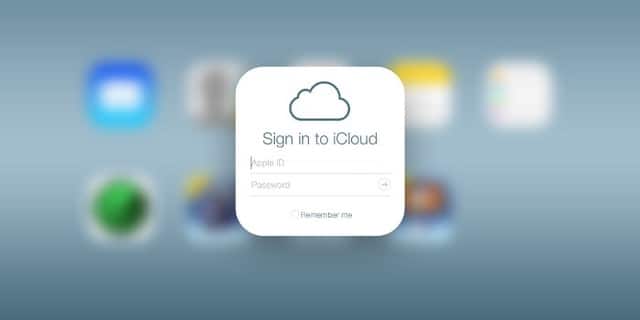
If you're a paid iCloud user, there's no need to move the pictures to your Mac, as they're available in the Photos app.
Just open the Photos app and select the photos and videos you want to work with.
It should be remembered that in both the Mac Photos app and the iOS Photos app, only a low-quality copy is stored, the original file is stored in the cloud.
If we want to edit a photo or video, the device will download the original file and, once edited, upload it again to iCloud and free up storage space.

If your Mac is older and the Photos app doesn't sync your pictures, you can go to iCloud.com and download as many pictures and videos as you need.
Mac Photos app
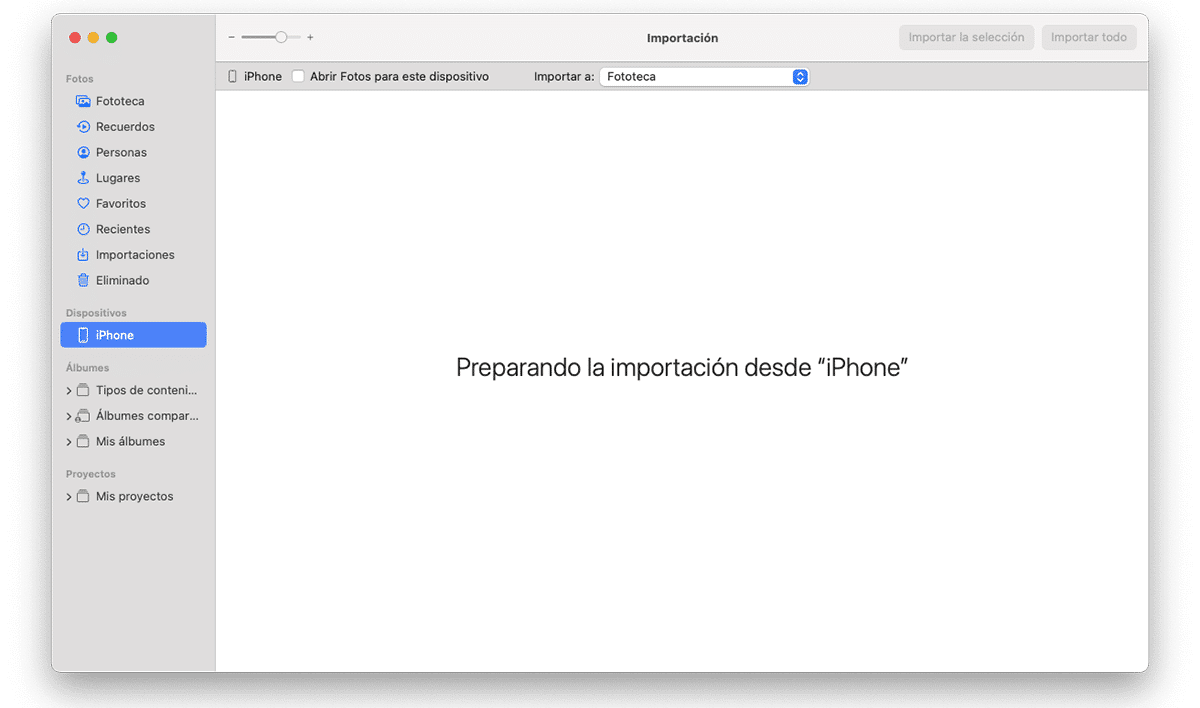
With the Photos application, we can not only access all the images that we have stored in the cloud, but it also allows us to import the content stored on the iPhone.
In this way, we can transfer the photos from the iPhone to the Mac in a very fast and, above all, simple way. If you want to learn how to carry out this process, then we show you the steps to follow:
- First of all, we connect our iPhone, iPad or iPod touch to the Mac using the USB charging cable.
- Next, we open the application Photos on the Mac.
- The application will show us an informative window that invites us to import the photos and videos that we have stored on our iOS device.
- The next step is select where we want to import the content from our iPhone by clicking on the drop-down located just to the right of Import to:
The default option is Import the content to the Photo Library. Unless you want to manage your image and video library from this app, I don't recommend selecting it.
It is advisable to use an external storage unit to always keep all the images and videos that we have extracted from our device safe.
iFunbox

As I mentioned above, if we don't like the Photos application or don't want to depend on it to manage our library of photos and videos, an interesting option to transfer photos from iPhone to Mac is to use iFunbox.
iFunbox is a free application compatible with both current and older versions of macOS, making it a great option for older computers.
The operation of this application is as simple as connecting the iPhone, iPad or iPod touch to the Mac, opening the application and going to the Camera section.
Next, we must select all the photos that we want to transfer to the Mac and click on the Copy to Mac button.
AirDrop
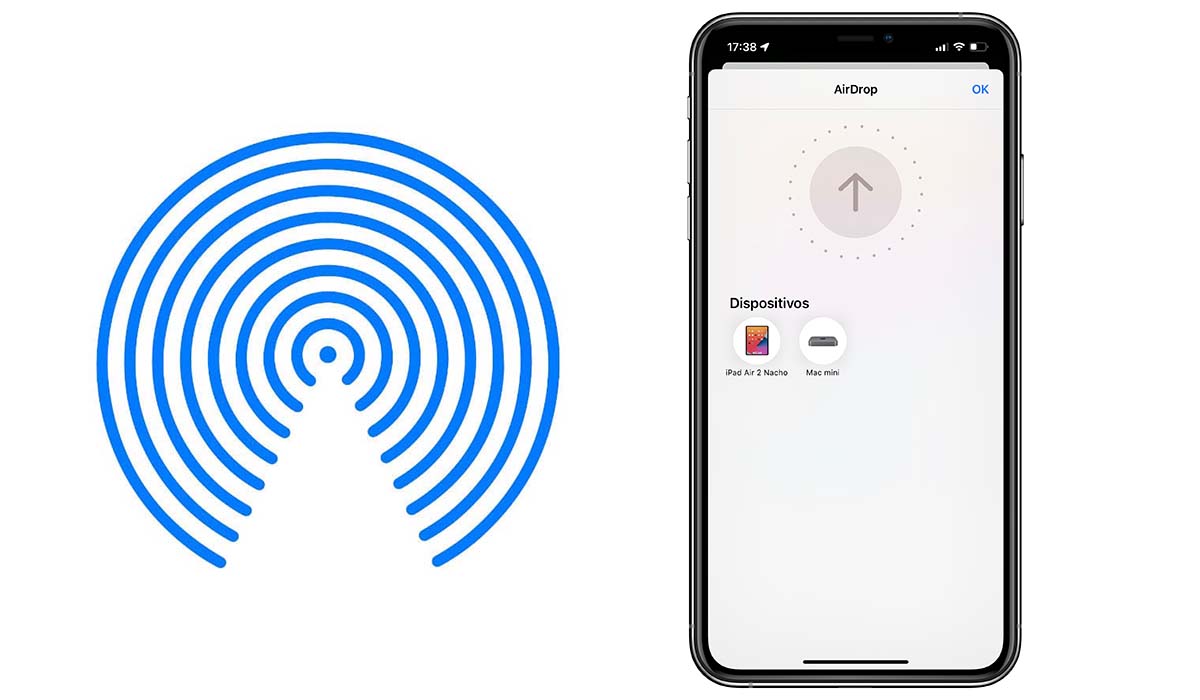
AirDrop is the fastest solution to transfer photos and videos from iPhone to Mac as long as you It is a reduced content.
If the number of photos and videos is very high, the operation will be much slower than using a wired app like Photos and iFunbox.
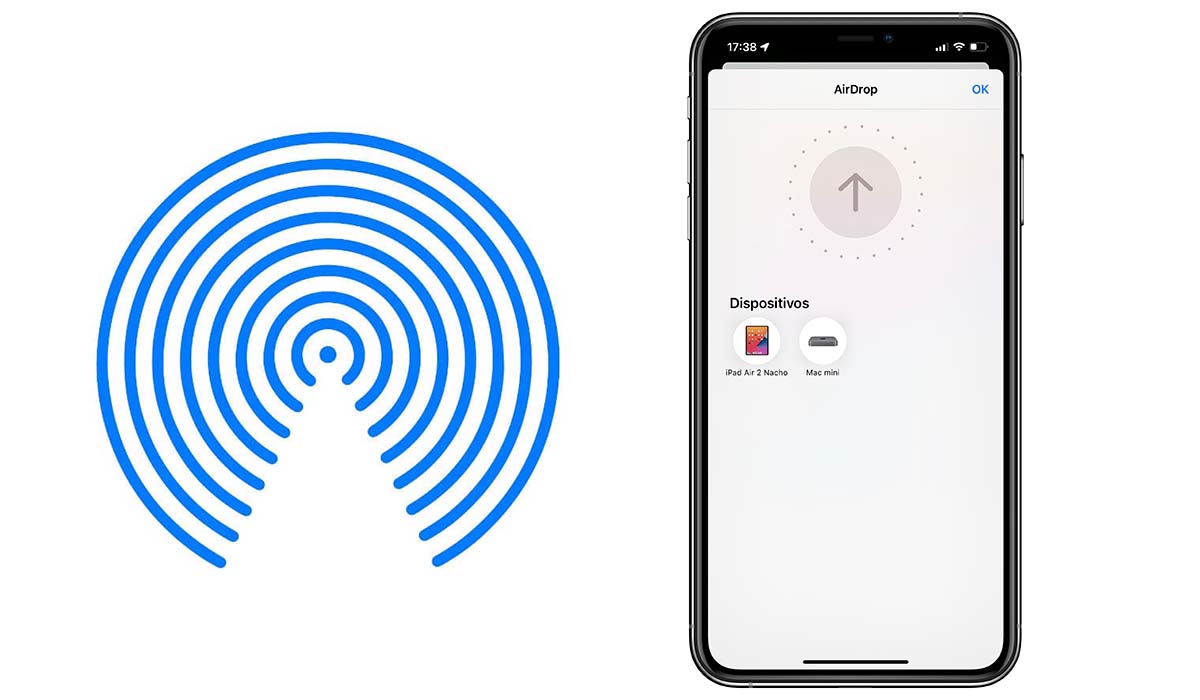
This file transfer technology was initially introduced on Macs to later reach the iPhone range, specifically with the launch of the iPhone 5.
In order to use AirDrop to send the images and videos from our iPhone, iPad or iPod touch to the Mac this must be managed by iOS 8 and be:
- iPad Pro 1st generation or later
- iPhone: iPhone 5 or later
- iPad 4th generation or later
- iPod Touch: iPod Touch 5th generation or later
- iPad Mini 1st generation or later
But, in addition, In addition, the destination Mac must be managed by OS X Yosemite 10.10 and be:
- MacBook Air from mid 2012 or later
- MacBook Pro from mid 2012 or later
- iMac from mid 2012 or later
- Mac Mini from mid 2012 or later
- Mac Pro from mid 2013 or later
If your iPhone or Mac is not in the list above, you will not be able to use AirDrop to transfer photos from your iPhone to Mac.
Mail Drop
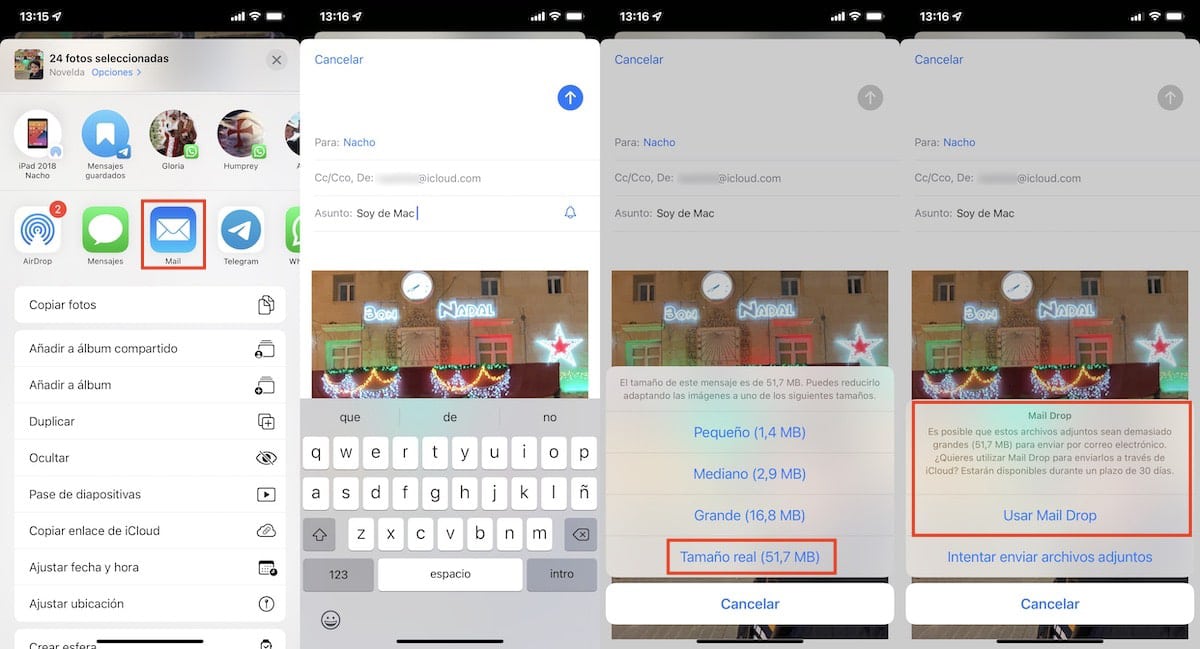
Apple allows all users of its devices to send large files through the @iCloud.com email account using iCloud.
This utility is called Mail Drop and it allows us to transfer images and videos by email, but in a different way.
Actually, the content is not sent by email, what Apple does is send a link attached to the email, a link from which you can download the content that we have sent by email.
That link is public and available for 30 days after submission. And, remember, you can only use this function through the Mail application and using the mail of your Apple account.
WeTransfer
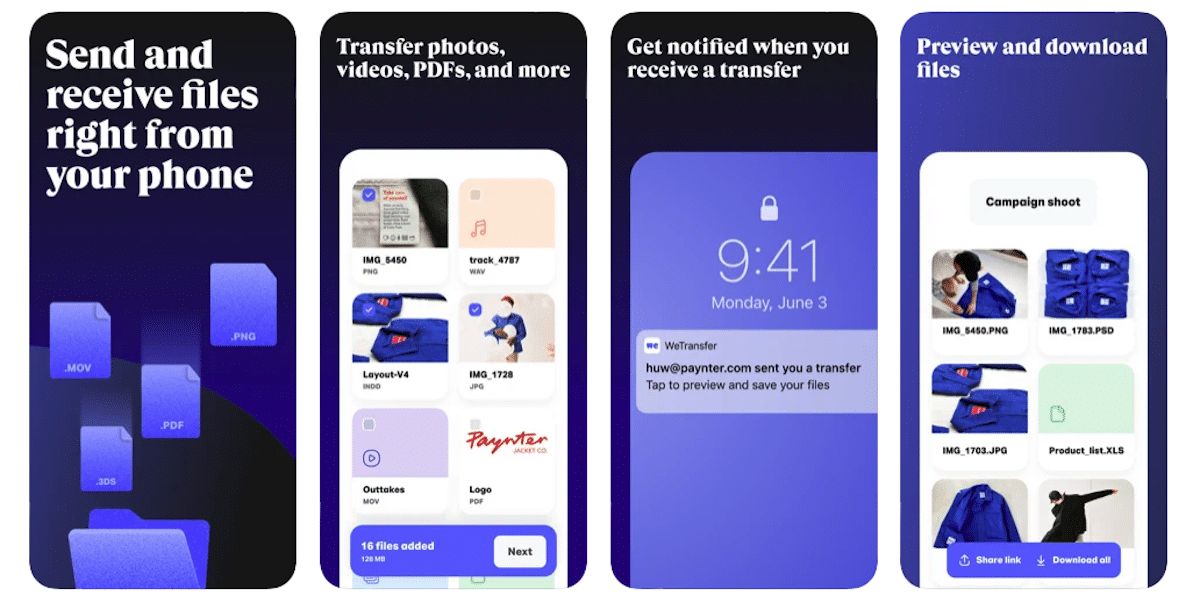
WeTransfer is one of the most traditionally used platforms for sharing large files. As the years have gone by, different alternatives have come to the market.
This platform allows us to send any type of file with a maximum limit of 2 GB. If this space is not enough, you can look for alternatives with more space. However, the most reliable of all due to its seniority in the market is this.
In addition, it is not necessary to register in the application, we just have to select the documents to share, and enter our account and that of the person with whom we want to share the content.
We could say that WeTransfer works in a similar way to Mail Drop.
Cloud storage platforms

If you are a user of any other storage platform in the cloud other than iCloud, it is also an interesting option to upload the content and download it later on your Mac.
Mega is one of the best options for this task, since it offers us 20 GB of space completely free, more than enough space to upload all the content that we want to transfer to the Mac.